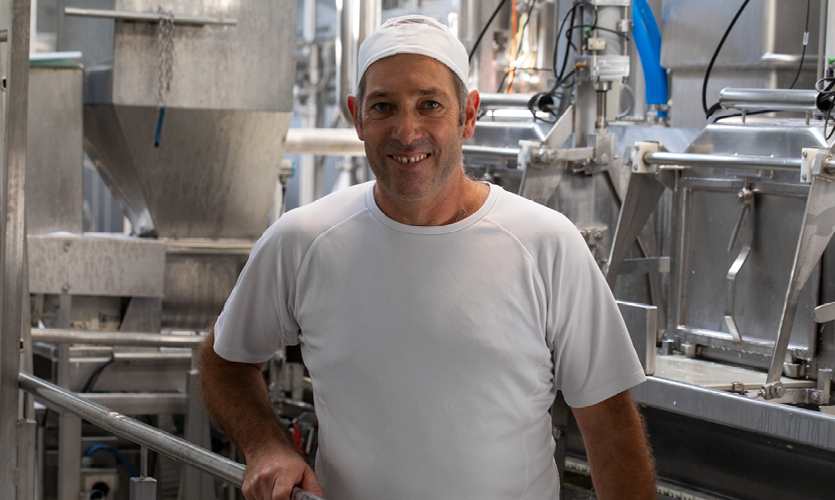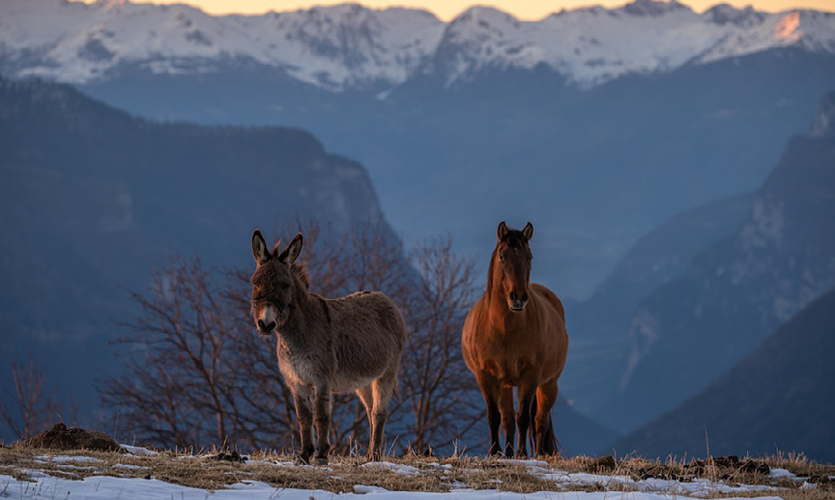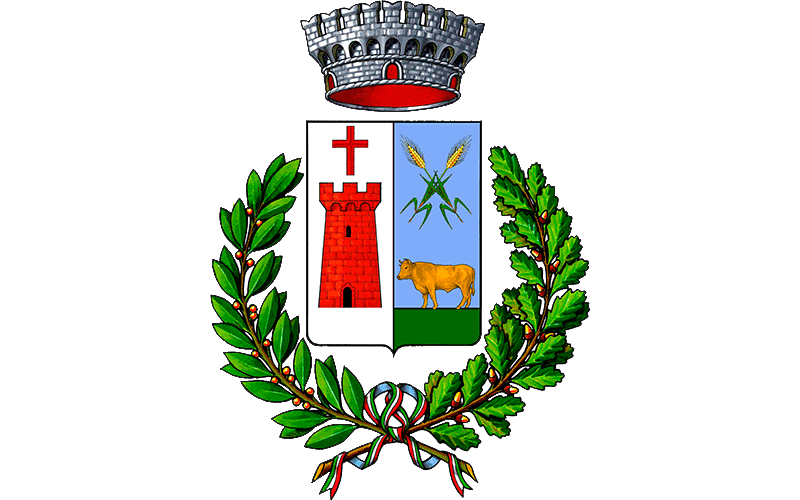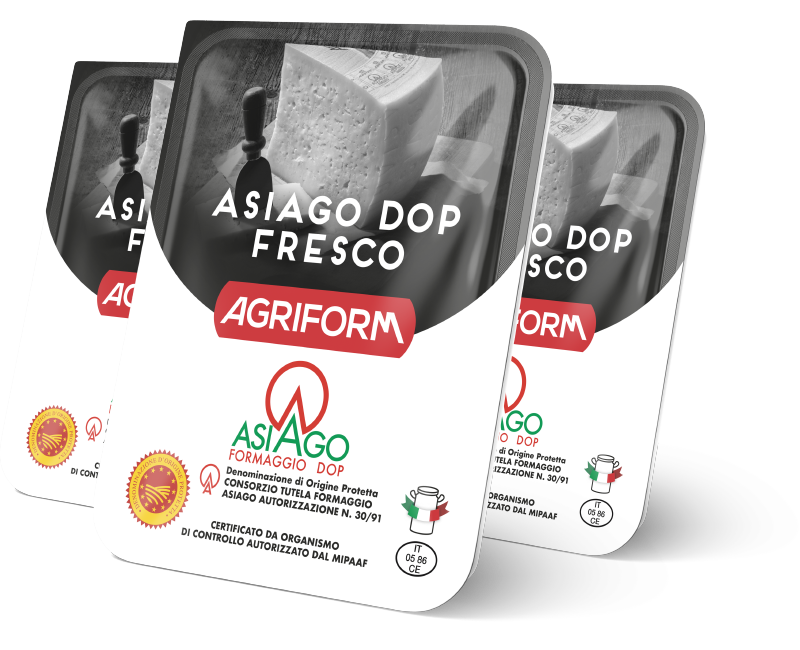Content {#1649
#table: "cms_pages_contents"
#cleaned: array:8 [
0 => "redirect"
1 => "description"
2 => "short_description"
3 => "image_url"
4 => "alt_image_url"
5 => "icon"
6 => "scripts_head"
7 => "scripts_body"
]
#is_home: false
#public_image_paths: null
+relations_list: array:7 [
0 => "image"
1 => "alt_image"
2 => "tags"
3 => "gallery"
4 => "showcases"
5 => "forms"
6 => "forms_values"
]
#morphClass: "Content"
+content_updated: false
#searchableColumns: array:4 [
"title" => 20
"description" => 20
"short_description" => 10
"forms_values.value" => 15
]
#guarded: array:1 [
0 => "_token"
]
#auto_author: false
#auto_sequence: false
#throwValidationExceptions: true
#connection: null
#primaryKey: "id"
#keyType: "int"
#perPage: 15
+incrementing: true
+timestamps: true
#attributes: array:40 [
"id" => 478
"page_id" => 297
"parents_id" => null
"lang_code" => "en"
"layout" => "layouts.storie_root"
"title" => "Stories"
"slug" => "stories"
"url" => "stories"
"status" => "published"
"description" => ""
"short_description" => null
"image_url" => "/cms-contents/uploads/119487660-816357045768456-917241413732078086-n.jpg"
"alt_image_url" => ""
"icon" => "/cms-contents/uploads/logo-storie.png"
"contact_id" => null
"redirect" => ""
"no_website_title" => "0"
"no_sitemap" => 0
"meta_no_index" => 0
"meta_no_follow" => 0
"meta_title" => "Stories"
"meta_keywords" => null
"meta_description" => ""
"canonical" => null
"scripts_head" => ""
"scripts_body" => ""
"custom_slug" => 0
"custom_short_description" => 0
"custom_meta_title" => 0
"custom_meta_keywords" => 0
"custom_meta_description" => 0
"custom_canonical" => 0
"is_custom" => 0
"publish_start" => "2020-11-20 12:46:03"
"publish_end" => "0000-00-00 00:00:00"
"created_at" => "2020-11-27 17:47:13"
"updated_at" => "2021-09-22 19:00:34"
"changefreq" => "weekly"
"uid_import" => null
"uid_checksum" => null
]
#original: array:40 [
"id" => 478
"page_id" => 297
"parents_id" => null
"lang_code" => "en"
"layout" => "layouts.storie_root"
"title" => "Stories"
"slug" => "stories"
"url" => "stories"
"status" => "published"
"description" => ""
"short_description" => null
"image_url" => "/cms-contents/uploads/119487660-816357045768456-917241413732078086-n.jpg"
"alt_image_url" => ""
"icon" => "/cms-contents/uploads/logo-storie.png"
"contact_id" => null
"redirect" => ""
"no_website_title" => "0"
"no_sitemap" => 0
"meta_no_index" => 0
"meta_no_follow" => 0
"meta_title" => "Stories"
"meta_keywords" => null
"meta_description" => ""
"canonical" => null
"scripts_head" => ""
"scripts_body" => ""
"custom_slug" => 0
"custom_short_description" => 0
"custom_meta_title" => 0
"custom_meta_keywords" => 0
"custom_meta_description" => 0
"custom_canonical" => 0
"is_custom" => 0
"publish_start" => "2020-11-20 12:46:03"
"publish_end" => "0000-00-00 00:00:00"
"created_at" => "2020-11-27 17:47:13"
"updated_at" => "2021-09-22 19:00:34"
"changefreq" => "weekly"
"uid_import" => null
"uid_checksum" => null
]
#relations: []
#hidden: []
#visible: []
#appends: []
#fillable: []
#dates: []
#dateFormat: null
#casts: []
#touches: []
#observables: []
#with: []
+exists: true
+wasRecentlyCreated: false
-order_dict: array:2 [
"+" => "ASC"
"-" => "DESC"
]
}

: 01/19/2021
Leonardo Brunello
In its Bressanvido plant, near Vicenza, Latterie Vicentine produces Asiago Fresco and Asiago Stagionato PDO.
LEONARDO BRUNELLO, PASSION FOR WORK
Leonardo has been working at Latterie Vicentine in Bressanvido for ten years. A job landed by chance has become a passion for the ever-evolving art of transforming milk into delicious cheese.
Leonardo is the living proof that people can still fall in love with cheesemaking, even without a solid family tradition behind them.
Waking up every morning at 2:30 am doesn’t bother him because his goal is to create a unique, living product that is different every day.
Leonardo is the living proof that people can still fall in love with cheesemaking, even without a solid family tradition behind them.
Waking up every morning at 2:30 am doesn’t bother him because his goal is to create a unique, living product that is different every day.

“Nothing makes me happier than making cheese from scratch,
seeing the result, and feeling as proud as I do while learning every day”
seeing the result, and feeling as proud as I do while learning every day”
THE VICENZA PROVINCE
Vicenza is known as the city of the famous Palladian villas by Renaissance architect Andrea Palladio. Tourists from all across Italy and the world flock here every year.
The city has several historical and artistic gems to offer, including its Renaissance urban layout, Gothic and Baroque architecture, and the Church of St. Mary of Mount Berico. Vicenza was inscribed on the UNESCO World Heritage List in 1994.
But it’s not just Vicenza that’s so beautiful. The entire province is full of towns and landscapes brimming with nature, history, and beauty.
The city has several historical and artistic gems to offer, including its Renaissance urban layout, Gothic and Baroque architecture, and the Church of St. Mary of Mount Berico. Vicenza was inscribed on the UNESCO World Heritage List in 1994.
But it’s not just Vicenza that’s so beautiful. The entire province is full of towns and landscapes brimming with nature, history, and beauty.
For example, the lower Valsugana and Brenta areas are an ideal destination for action sports enthusiasts. Here, they can enjoy the thrill of rafting on River Brenta or trekking along the First World War front. Or the area between Bassano del Grappa and Valstagna, famous for the Oliero caves with picturesque karst springs, which can be visited by boat, surrounded by a small nature park.
These places stand out for their pristine nature, woodlands, and green pastures. Then, there’s Monte Grappa, the setting of crucial battles during the First World War, a fascinating destination for history buffs.
After the Battle of Caporetto – the greatest defeat in Italian military history – Monte Grappa became one of the strongholds from where the Italians launched their counteroffensive. Today, the summit of Monte Grappa houses the Military Memorial, the ossuary that contains the remains of 12,615 Italian soldiers who died in the Great War. A place worth visiting to pay tribute to the sacrifice of so many young soldiers.
After the Battle of Caporetto – the greatest defeat in Italian military history – Monte Grappa became one of the strongholds from where the Italians launched their counteroffensive. Today, the summit of Monte Grappa houses the Military Memorial, the ossuary that contains the remains of 12,615 Italian soldiers who died in the Great War. A place worth visiting to pay tribute to the sacrifice of so many young soldiers.

Marostica is another unmissable destination in the Vicenza province. The town featuring mighty 14th-century town walls is famous for the human chess game in Piazza Castello, during which the human “pieces” wear beautiful Renaissance costumes. The human chess game has been staged during the second weekend in September since 1923. It’s the re-enactment of the chess game that solved a love rivalry in the 16th century that could have escalated into a war.
BRESSANVIDO, A MILLENARY HISTORY
Bressanvido is a small town with a millenary history built on the Brenta floodplain, in the eastern part of the Vicenza province.
The name, Bressanvido, first appeared in a document dating back to 983 A.D., which the Bishop of Vicenza had drawn up. The document certified the Bishop’s donation of an important estate to the Benedictine monks of St. Felice and Fortunato Abbey in Vicenza:
“In braydo S. Viti curtes quator cum plebe et capellis.”
The name, Bressanvido, first appeared in a document dating back to 983 A.D., which the Bishop of Vicenza had drawn up. The document certified the Bishop’s donation of an important estate to the Benedictine monks of St. Felice and Fortunato Abbey in Vicenza:
“In braydo S. Viti curtes quator cum plebe et capellis.”


The town’s medieval origin is also emphasised in its coat of arms divided into two parts to represent the town’s history and economy.
The part on the left features a red cross and a castle. The cross represents the Benedictine monks who lived there until 1806 when the Napoleonic suppression of religious orders and the sale of their property began. The castle, on the other hand, represents the lord who ruled the town.
The part on the right features a wheat ear, a corncob, and a golden ox in a meadow, all symbols of a flourishing agricultural sector.
The part on the left features a red cross and a castle. The cross represents the Benedictine monks who lived there until 1806 when the Napoleonic suppression of religious orders and the sale of their property began. The castle, on the other hand, represents the lord who ruled the town.
The part on the right features a wheat ear, a corncob, and a golden ox in a meadow, all symbols of a flourishing agricultural sector.
Herding has always played a significant role in the Bressanvido’s economy, as demonstrated by the Transhumance Festival inscribed on the UNESCO List of Intangible Cultural Heritage. It’s Europe’s largest transhumance herd, with more than 600 heads of livestock moving from Piana di Marcesina, in the Asiago plateau, back to the Pagiusco farm (associated with Latterie Vicentine) in Bressanvido.
ASIAGO CHEESE: FROM PEGORIN TO PDO
The history of Asiago cheese is the history of the Asiago Plateau from which it takes its name. The earliest evidence of this cheese dates back to the year 1000, although some people think it was invented way before that.
Back then, the Asiago plateau (also known as “dei Sette Comuni”, i.e. “of the Seven Towns”) was already extremely fertile. Sheep farming was the predominant activity, which led to the production of pegorin, a tasty sheep’s milk cheese.
Back then, the Asiago plateau (also known as “dei Sette Comuni”, i.e. “of the Seven Towns”) was already extremely fertile. Sheep farming was the predominant activity, which led to the production of pegorin, a tasty sheep’s milk cheese.
Around 1500, cattle started to replace sheep. Moreover, the cheesemaking technique was perfected and started being used in small and medium dairies scattered across the production area.
Asiago cheese was mainly produced on the Asiago plateau until mid-Nineteenth century; then, it started spreading in the neighbouring lowland areas and the nearby Trentino malghe. This dissemination was primarily the result of the depopulation of the plateau, which became the frontline during the Great War. Only Asiago d’Allevo was produced at that time. The wheels of this semi-hard cheese were cut only after several months of ageing, depending on the cheesemaking process and ripening.
The fresh version of Asiago cheese – Asiago Pressato – which takes its name from the manual or hydraulic pressing process, made its appearance in the 1920s.
In 1955, Asiago cheese obtained the protected geographical status. On 21 December 1978, it was awarded the protected designation of origin (PDO).
The Asiago Cheese Protection Consortium was established in 1979 by 56 dairies to protect the cheesemaking process’s characteristics and increase the quality and quantity of this cheese.
Today, Asiago is Italy’s fourth most-produced PDO cow’s milk cheese.
Asiago cheese was mainly produced on the Asiago plateau until mid-Nineteenth century; then, it started spreading in the neighbouring lowland areas and the nearby Trentino malghe. This dissemination was primarily the result of the depopulation of the plateau, which became the frontline during the Great War. Only Asiago d’Allevo was produced at that time. The wheels of this semi-hard cheese were cut only after several months of ageing, depending on the cheesemaking process and ripening.
The fresh version of Asiago cheese – Asiago Pressato – which takes its name from the manual or hydraulic pressing process, made its appearance in the 1920s.
In 1955, Asiago cheese obtained the protected geographical status. On 21 December 1978, it was awarded the protected designation of origin (PDO).
The Asiago Cheese Protection Consortium was established in 1979 by 56 dairies to protect the cheesemaking process’s characteristics and increase the quality and quantity of this cheese.
Today, Asiago is Italy’s fourth most-produced PDO cow’s milk cheese.

ASIAGO FRESCO, THE KING OF TABLE CHEESE
Asiago Fresco is a semi-cooked cheese with a 20 to 40-day ageing period made on the Asiago plateau. Its colour ranges from white to straw yellow. It features deep, irregular holes and a thin and elastic rind. Its taste is delicate with a pleasant milk aroma.
This type of cheese dates back to the 1920s. Its production process consists of three stages. First, the cheese is semi-cooked, then it’s pressed, and, finally, it’s salted.
This type of cheese dates back to the 1920s. Its production process consists of three stages. First, the cheese is semi-cooked, then it’s pressed, and, finally, it’s salted.
Once the milk is pasteurised, calf rennet and select enzymes are added to coagulate the milk into curd. Then, the curd is cut using a curd knife (lira) and semi-cooked at 44 °C.
Once separated from the serum, the curd is cut repeatedly, salted, dried, placed in microperforated moulds, and manually or hydraulically pressed to let the residual serum out.
The wheels are then placed in marking moulds, immersed in brine, and ripened for at least 20 days. During this period, the storage temperature must range from 10 to 15 °C and humidity from 80 to 85%.
PDO Asiago cheese is made exclusively in the Vicenza and Trento provinces and neighbouring areas in the Padua and Treviso provinces.
READ MORE ABOUT ASIAGO FRESCO PDO
Once separated from the serum, the curd is cut repeatedly, salted, dried, placed in microperforated moulds, and manually or hydraulically pressed to let the residual serum out.
The wheels are then placed in marking moulds, immersed in brine, and ripened for at least 20 days. During this period, the storage temperature must range from 10 to 15 °C and humidity from 80 to 85%.
PDO Asiago cheese is made exclusively in the Vicenza and Trento provinces and neighbouring areas in the Padua and Treviso provinces.


LATTERIE VICENTINE SCA
Latterie Vicentine Dairy Cooperative is a dynamic, ever-evolving company, and it's Italy’s largest PDO Asiago cheese producer, resulted from the merger between ALVI and Schiolatte, however, its roots date back to 1888, when the Bressanvido dairy was established.
Today, it relies on 3 plants, 300 associated farms, and 115 employees. Latterie Vicetine produces 425,000 PDO Asiago cheese wheels a year and processes 3,400 quintals of milk every day.
The Bressanvido headquarters was renovated in 2013, becoming Italy’s largest PDO Asiago cheese production hub.
FIND OUT MORE ABOUT LATTERIE VICENTINE
Today, it relies on 3 plants, 300 associated farms, and 115 employees. Latterie Vicetine produces 425,000 PDO Asiago cheese wheels a year and processes 3,400 quintals of milk every day.
The Bressanvido headquarters was renovated in 2013, becoming Italy’s largest PDO Asiago cheese production hub.
SAFELY AVAILABLE WORLDWIDE
Due to the growing demand for both foreign and local markets, in 2002 the first packaging center was created in the Sommacampagna (VR) plant.
Eleven production lines for more than 500 product codes are organised in two separate areas, one for portions with the rind and the other for grated cheese.
This is where Asiago Fresco is divided into portions and packaged in protective atmosphere or thermoformed trays. Continuous quality and process checks ensure the cheese’s freshness and safety.
Asiago cheese is distributed worldwide through the company’s extensive sales network.
Eleven production lines for more than 500 product codes are organised in two separate areas, one for portions with the rind and the other for grated cheese.
This is where Asiago Fresco is divided into portions and packaged in protective atmosphere or thermoformed trays. Continuous quality and process checks ensure the cheese’s freshness and safety.
Asiago cheese is distributed worldwide through the company’s extensive sales network.


